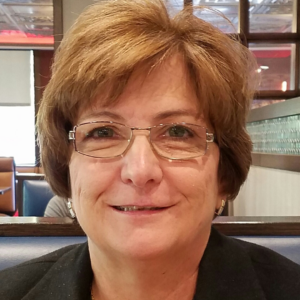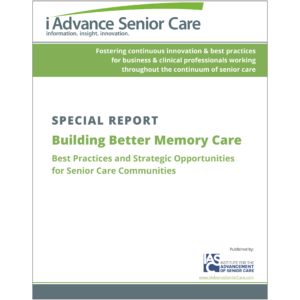Lessons from a New Senior Care Survey About the Impacts of the Pandemic
 The pandemic has not only reshaped the senior care industry; it’s also reshaped how family caregivers and older adults feel about senior care. Care.com’s 2021 Senior Care Outlook Survey highlights how some of those perceptions have changed. Senior care facilities can use these details to inform their marketing to better meet consumer needs.
The pandemic has not only reshaped the senior care industry; it’s also reshaped how family caregivers and older adults feel about senior care. Care.com’s 2021 Senior Care Outlook Survey highlights how some of those perceptions have changed. Senior care facilities can use these details to inform their marketing to better meet consumer needs.
The 2021 Senior Care Outlook Survey
From April 19 to May 16, 2021, Care.com surveyed 750 United States adults. These adults are age 65 and older, and they all pay for professional senior care. The survey reveals important lessons about the perception of senior care.
An Increased Reliance on Home Care
Survey respondents noted that they anticipated increasing their use of senior care. In particular, respondents plan to increase their use of home care, with a focus on more mobility assistance and household help. According to survey results, demand for mobility assistance is anticipated to increase by 12%, while the need for household help should grow by 10%.
Challenges in Deciding on the Right Type of Care
The pandemic has caused a major shift in senior care preferences, as evidenced by survey results. This survey found that 67% pf adult children noted that the type of care they prefer for their loved ones has changed because of the pandemic. Of those respondents, 32% now prefer aging in place, while 35% now believe that a senior living community is the best option for their loved one.
Older adults experienced less of a preference change, with 63% of older adults reporting that their care preferences haven’t changed. Aging in place and living with family continue to be the top two care choices for seniors.
Both the seniors and the adult children who changed their care preferences noted similar concerns as driving forces behind those decisions:
- Safety – 28%
- 24/7 support – 27%
- Fear of isolation or of another lockdown – 22%
- Financial worries – 16%
Family caregivers who would rather have their loved one age in place than go to a senior living community were primarily concerned by the negative media coverage senior care facilities received. Those caregivers also reported fear of isolation and fear of not being able to reach their loved one when needed as being concerns behind their decision.
How the Vaccine is Changing Perceptions
The COVID-19 vaccines have also bolstered confidence in both seniors and their adult children. Of the survey respondents, 56% of adult children and 72% of seniors reported that the vaccines have made them less fearful about the senior’s overall well-being.
Of the adult children whose parents currently live in a house, 53% reported that the vaccine makes it more likely that they’ll recommend the senior move to a senior living community. That confidence is lower in the seniors, themselves; just 23% of seniors who currently live in a house stated that the vaccine makes it more likely for them to move to a senior living community.
What This Information Means for the Senior Care Industry
The survey provides important insight to the current fears and worries of both seniors and their adult children. While the vaccines are boosting confidence, there’s still plenty of dominant fear present, and that creates a barrier for senior care facilities that are looking to fill available slots.
Senior care facilities should focus on ways they can dispel these fears through their daily operations and through their marketing. It’s also important to prepare strong responses to the inevitable safety questions that will arise during initial conversations with potential residents and their families.
From carefully structuring social media posts to reworking marketing materials and copy, presenting a confident, cohesive message can help senior care facilities address some of the challenges of post-pandemic business development.

Paige Cerulli is a contributing writer to i Advance Senior Care.
Related Articles
Topics: Business Marketing Including Social Media and CRM , Operations , Resident Care











